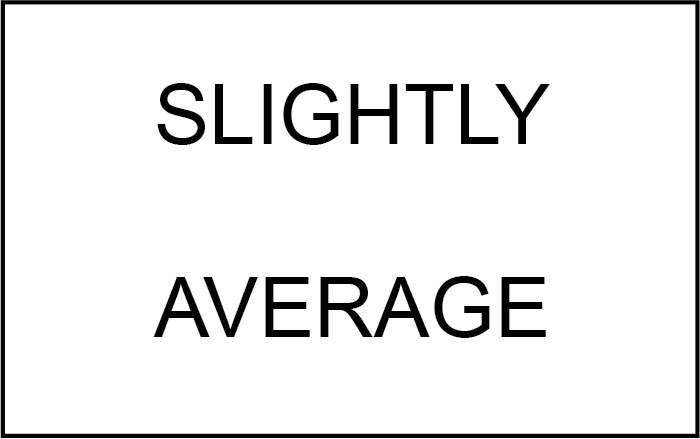

Four different positive integers have a mean (average) of \(100\). If the positive difference between the smallest and largest of these integers is as large as possible, determine the average of the other two integers.
Extra Problem: Can you interpret the following picture puzzle?

Let \(a\),\(b\), \(c\), and \(d\) represent four distinct positive integers such that \(a<b<c<d\).
Since the average of the four positive integers is \(100\), their sum can be determined by multiplying their average by \(4\). Therefore, the sum of the numbers is \(4\times 100=400\). That is, \(a+b+c+d=400\).
For the difference between the largest integer and the smallest integer to be as large as possible, we want the smallest integer, \(a\), to be as small as possible. The smallest positive integer is \(1\), so \(a=1\).
Since the sum of the four positive integers is \(400\) and the smallest integer, \(a\), is \(1\), the sum of the remaining three integers is \(b+c+d=400-1=399\).
For the difference between the largest integer and the smallest integer to be as large as possible, we also want the largest integer, \(d\), to be as large as possible. For \(d\) to be as large as possible, \(b\) and \(c\) must be as small as possible. The two positive integers, \(b\) and \(c\), must be different and cannot equal \(1\), since \(a=1\). Therefore, \(b=2\) and \(c=3\), the smallest two remaining distinct positive integers. It follows that \(d\), the largest of the four positive integers, is \(399-2-3=394\). (This was not required but has been provided for completeness.)
The average of the middle two positive integers, \(b\) and \(c\), is \(\frac{2+3}{2}=\frac{5}{2}=2.5\).
Extension:
How would your answer change if it was also required that the average of \(b\) and \(c\) was an integer greater than or equal to \(3\)?
Extra Problem Answer: Slightly above average.